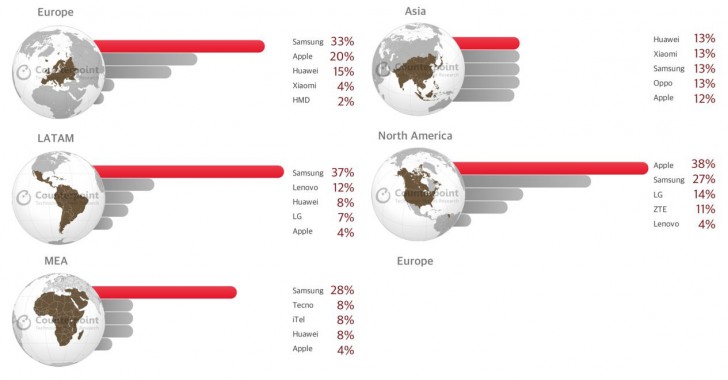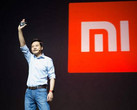What the hell?
That’s a question that has undoubtedly been asked by numerous buyers over the years. They fork out cash for a shiny new device. It looks good, so, of course, it must be a good buy. A week down the line, the troubles start.
Hold up, wait a minute. Why doesn’t this work? They said it could do this; why doesn't it work? Ah, darn it, I’ve been had.
Albeit a tad exaggerated, this is a somewhat cliché example of what has been a massive problem in the tech industry for eons: That of false advertising. A slight exaggeration here; an open, technically correct phrase there; a dash of phony marketing speak all over. These things add up.
The Problem
Mid-way through the year, Lenovo embarked on a marketing campaign for its new Lenovo Z5. Marketing for new devices has usually come in the form of social media teasers, “leaks” from influencers, and similar channels. Lenovo eschewed all of that for a rather hamfisted approach.
The company’s Vice President, Chang Cheng, took to posting sketches, renders, and teasers on his Weibo account. Cheng kept up the post schedule, making sure to stoke the fires of public interest in the process. A hand-drawn sketch, digital renders, teaser features, camera samples, and a launch date formed the framework of the executive’s sinister plan.
It worked.
Somewhere in the middle of that chain, word of the device had made its way unto the pages of GSMArena, Forbes, and, of course, Notebookcheck.
Come launch, the die was cast, and it turned out we’d all been taken on a bumpy ride in a beat-up Civic.
- Marketing had us believe the Z5 would sport radically slim bezels and no notch. We got completely mundane bezels and, of course, a huge notch to go with them.
- Marketing had us believe the device would feature a ground-breaking 4 TB of storage. We got just 64 GB.
- Marketing had us believe the Z5 would be a flagship. It turned out to be a mid-range device powered by a Snapdragon 636.
This isn’t limited to Lenovo either. There have been well-documented cases of less than straightforward marketing from some other companies.
- Just last year, HTC had an ad banned for implying the U11 could be used for deep dives in chlorinated water.
- Huawei was caught using photos taken by a DSLR for the P9’s marketing.
- That device’s successor, the P10, also had the huge debacle with eMMC and UFS storage.
On a less grand stage, we’ve had Oukitel use dummy secondary rear sensors on its devices, and Xiaomi shipped the Redmi Note 4 with different hardware batches—the mix of Sony, Samsung, and Omnivision sensors come to mind, which may not be wrong per se, but definitely leans towards the dark side.
The Motive
It sells. Pretty simple. The smartphone market is one easily manipulated by marketing. Devices across various price brackets are becoming ever-increasingly similar, and the need to offer a “Wow” factor—even if only in principle—is almost palpable.
Moreso in an Asian market where competition between companies is as high as it gets. For some perspective, according to Counterpoint Research, the top four brands in that region all had a 13% market share in Q1 2018. The fifth trudged along with a paltry 12%.
There’s also the fact that the average smartphone buyer is less likely to do the due research before hitting the buy button. The average smartphone goes for something in the region of US$400, and while that may not be chump change, it’s far from an indispensable sum to most. Compared to a car purchase, for example, smartphone buying decisions are a lot less well-thought out. It’s easier to influence the buyer with hype.
Also of paramount relevance is the nature of the Chinese trade scene. Trade laws are significantly less stringent than what you’d find in the EU, Australia, or the US. The Chinese market favors competition, and shady practices are considered a means to an end, with the end offering all needed justification.
Chinese business practices aren't particularly straightforward. Why else would a company like Vernee blatantly lie about the camera sensor on the Vernee Mix 2?
While this may appear to be a China-specific problem, it's a global issue. It just so happens that six of the top ten biggest smartphone companies are Chinese. Of the remaining four, two have ties to China. China rules the smartphone industry.
Solutions?
As it stands, there are no clear-cut remedies to this plague. False advertising is worthy of litigation in most first-world markets, and OEMs are less likely to pull such stunts when under the confines of non-tolerant legal systems. In more receptive markets, however, there are few to no deterrents.
While there ultimately isn't much that can be done by consumers to directly dam the flood of inaccurate advertising there's always the option of not buying devices made by less-than-straightforward companies.
Fight with your wallets.
























